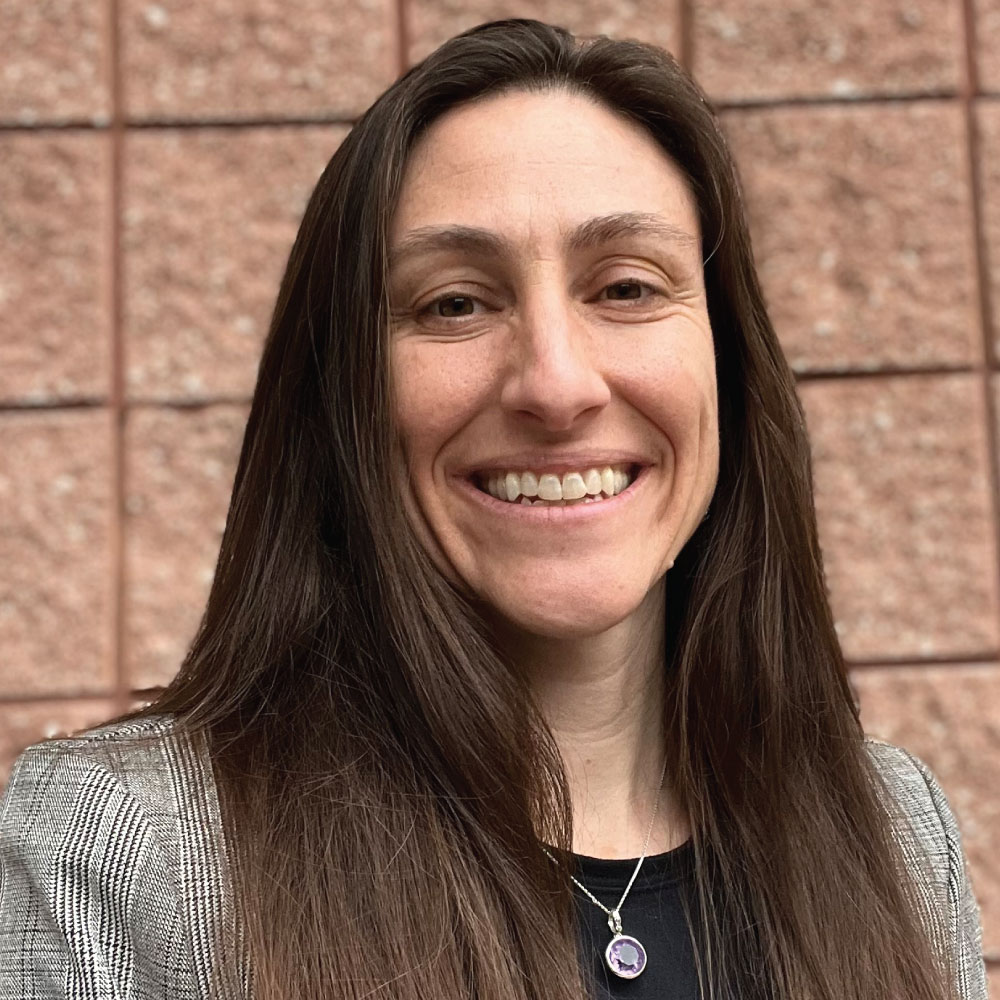For the past three years, OptimizeRx has held a virtual design thinking event called Innovate4Outcomes, in which they sort healthcare industry leaders into teams and challenge them to come up with solutions to a pressing industry challenge. This year’s event, held on December 1, 2022, focused on developing new approaches to deal with the growing issue of antimicrobial resistance (AMR), which the World Health Organization (WHO) has named a top 10 global threat. Teams were asked to develop a potential solution to one of three pressing issues involving AMR: challenges in developing new therapies, provider education, and health equity.
PM360 spoke with Maria Cipicchio, SVP, Marketing and Communications at OptimizeRx, about this year’s event, the best idea to emerge to help address this crucial issue, and the next steps to turn that idea into a reality.

PM360: Why did you choose to focus this year on AMR?
Maria Cipicchio: Every year, the focus area is a little bit different. This is the first year we had a sponsor sign on with us, so we were working closely with Melinta Therapeutics on the subject matter. Obviously, they’re an antibiotic manufacturer so AMR is very top of mind for them. But as Melinta folks put it, it’s the pandemic that the news just isn’t talking about right now. It’s the third leading cause of death worldwide and it cost the U.S. $4.6 billion due to poor outcomes. Our priorities for this event are always to have an open dialogue across industry around innovation that support patients, and we thought AMR should be top of mind for folks across healthcare because it’s affecting so many different conditions, therapeutic areas, and the patient experience in hospitals.
How did this event work? Was it different this year since it was sponsored? Who participated outside of Melinta?
At its heart, Innovate4Outcomes is a design thinking event. It’s inspired by a traditional kind of hackathon, but it’s a little bit more structured and it occurs over a very condensed time period. My goal each year is to bring people from all levels of expertise, and across the healthcare industry, together to have a meaningful dialogue around things you don’t normally get to talk about together. That is the environment I have been trying to foster, but the makeup every year is a little bit flexible. This year, because the challenges of AMR are wide-reaching, it was important to first have Melinta subject matter experts from their medical team, lab team, and sales force provide a bit of background.
Then in terms of the teams, they’re led by experienced healthcare thought-leaders. This year, we had executives from health tech and ad agencies, an entrepreneur, an individual from Pfizer medical affairs, as well as others. We tightly control who makes up each team because being able to foster an experience of cross-industry dialogue means that we must have a specific mix of individuals on each of the teams—and we don’t want them to get too big. We want people to be able to make personal connections. So on each team we try to include commercial folks from within manufacturers, both device and pharma, along with care delivery folk such as pharmacists, nurses, and doctors. Then we also include communications professionals and consultants who work across verticals. My goal is to try to keep the playing field even and not have too many of one group together.
Can you take me through how the event worked and what was expected of the participating teams?
We purposely keep the challenges under wraps before the event, so everybody is finding out what they’re going to be talking about when they come to the event. However, the team leaders have a bit of a preview, so they have an opportunity to think about how they want to structure the discussion, because their role is to make sure everybody is talking.
Typically, the structure of design thinking has five stages: empathize, define, ideate, prototype, and test. So the format of the event is also set up around those phases. There’s an initial presentation, where people are learning about the background and challenges. Then the teams get together for two hours, where they are defining the problem together and coming up with ideas together for how to address it. Then they put together what is the prototype, in this case, we asked for just a two-minute pitch of their idea and how it would address the challenge. After every team does their pitch there is a judging process and we name a winner.
Who was this year’s winner and what made their pitch the strongest?
The winner was what the team called “Don’t Pass It On” or “No Lo Pases.” They had the dual-language moniker on it because it was a text-based chatbot, which provides educational support and financial assistance directly to patients. This team came out of the health equity challenge, so their goal was to help support under-resourced communities achieve parity in health outcomes for AMR. Under-resourced communities are also historically underrepresented in the surveillance of AMR, so it’s very difficult for doctors to deliver care in an environment where they don’t have the appropriate details about what they’re fighting.
The heart of their idea is to develop a collective of companies which would contribute subject matter expertise to improve patient education to be distributed in the channel these under-resourced communities are most likely to engage in and then to also aid in the surveillance efforts around AMR in these communities. While this idea is very simple and straightforward, I have seen in past years that the idea that is easy to explain is usually the winner from the judges’ perspective.
One of the big differences this year is that we as an organization committed to invest in trying to adapt the winning idea to either bring it to market commercially or turn it into a business idea. We’ll be taking that forward in 2023 with our customer advisory panel to see if there’s something that we can take out of this and actually bring it to market.
What are the next steps in making it a reality? Have you ever done anything with the winners of the previous events to bring those to market?
Nothing has been funded so far from any of the previous events. For the first event in 2020, the idea was to get people engaged during the COVID lockdowns and help make personal connections. Our aim that year was to open a pathway to a unique way to engage with other professionals in the healthcare industry. In 2021, we partnered with a two advocacy groups, I AM ALS and RESOLVE: The National Infertility Association, and they did take some of the ideas and tried to put them in front of donors to get funding to get them off the ground. Unfortunately, they didn’t get any bites. So this year we felt if we wanted to stimulate action, we really needed to have the intention to invest in the winning idea. The plan is to build a business case for it and then we will evaluate it for a commercial opportunity.
Since the plan was to develop the winning idea, did that change the judging process?
Yes, judging has been done differently every year. The first year was just audience choice. Last year, the two advocacy group partners served as the judges. This year, we included more business leaders, product folks, and somebody close to care delivery, because we knew we might want to develop it. So, the judges included our Chief Product Officer Doug Besch, Maria Perrin who is the Chief Revenue Officer for Therapy Brands, which develops leading practice management, clinical, and billing softward for therapists, and Rebecca Love who is the Chief Clinical Officer for IntelyCare, which is one of the largest nurse staffing companies in the country.
Besides the winning idea, were there any other pitches you found to be particularly interesting?
Another one that was very interesting also supported the surveillance of AMR in the community, but it was from a different perspective as it emerged from the challenge around helping better support HCPs. One of the challenges HCPs face in identifying what resistance is actually present has to do with their ability to get a consistent and accurate patient history. Since interoperability is still very much in its infancy between electronic medical records (EMRs), giving doctors unbiased visibility into a patient’s health history is so challenging. Instead, doctors have to rely on patients’ memories. So this idea was around creating a hub for doctors that was easily accessible through their EHR, so they could have access to surveillance information in the community.
Do you have any plans already for the next Innovate4Outcomes?
Not yet. In true design thinking fashion, I’m going to need to sit down in the new year and look at where we want to be innovating in 2023. But I anticipate that I will be looking at some of the challenges that life sciences organizations are faced with around customer experience and patient access.







